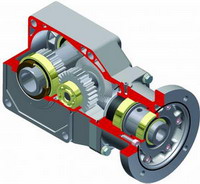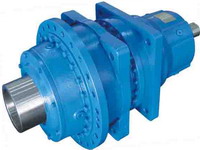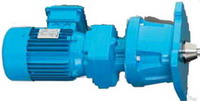Gearboxes and Connection Types
During the design of gearmotors used as motion transmission elements, it is of great importance to choose the correct type.
Generally, the engine power is the basis when selecting these equipment. However, such products have very variable factors.
Motor, brake, reducer, interconnection adapter, coupling connection are important values.
Here, we will only focus on the reducer factor and refer to their classification.
The aim is to draw attention to the points that are ignored in our industry.
Gearboxes can be classified under the following headings
A) According to Output Shaft directions:
1) Straight line
2) Coaxial (90 ° direction change)
3) Parallel shaft
 | 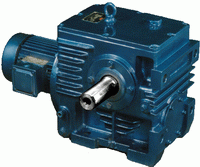 | 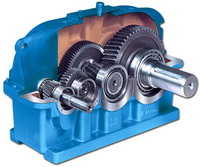 |
Straight line | Coaxial (90 ° direction change) | Parallel shaft |
B) According to shaft connections:
1) Straight shaft connection
2) Hollow shaft connection
3) With hollow shaft and shrink disk
4) Spline shaft connection
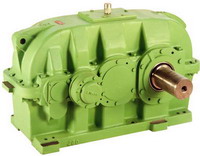 | 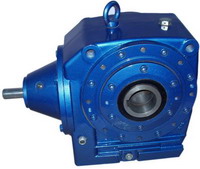 | 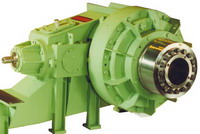 |
Straight shaft connection | Hollow shaft connection | With hollow shaft and clamping ring |
C) Gear type:
1) Helical Gear
2) Bevel Gear
3) Worm Gear
4) Hypoid Gear
5) Planetary Gear
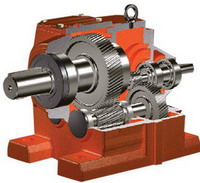 |  | 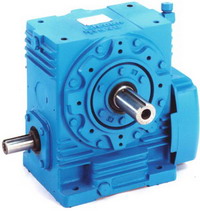 |
Helical Gear | Bevel Gear | Worm |
|
| |
Hypoid Gear | Planetary Gear |
D) According to connection types:
1) Foot connection
2) Flange connection
3) Foot and flange connection
4) Flange connection - with extended sleeve
5) Torque arm connection
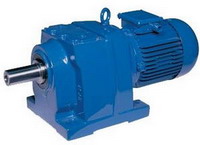 | 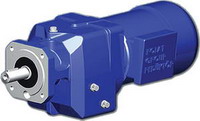 | 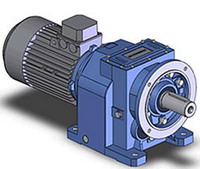 |
Foot connection | Flange connection | Foot and flange connection |
| ||
– Extended sleeve with flange connection |
In the general classification above, the most important part is the connection positions, as this must be appropriate at the design stage.
However, the transmitted torque and the efficiency of the gear unit must be taken into consideration, and the selection of the gear unit according to the shape of the driven machine will eliminate the problems that may occur later.
Some terms related to the gear unit are explained below.
1) Operating Factor:
If we look at the internal structure of the gearboxes, we see that it consists of parts such as body, gear, shaft, bearing element (bearing), wedge and piston ring.
These elements have different characteristics in every gear unit and every company.
In defining their magnitude, the product of motor torque and bond ratio gives the nominal torque of that drive system, but the calculated torque of the gear unit may be different, the ratio of this torque to nominal torque is the operating factor.
2) Load bearing capacity: With the
torque transmitted, the second important criterion is the load to be carried by the output shaft of the gear unit.
According to the classification made above, this load value gives different values.
3) Gear cavities: In
applications where dynamism and precision are often required, the gap between two clutching gears is of great importance.
This is because the positioning accuracy depends on this, and the precision of the output shaft connections is increased by using clamping type elements to the keyway.
In addition, the noise level of the gear unit during operation varies according to these gaps.
4) Pulsed Loads: Pulsed loads
are formed due to the structure of the systems and vary according to machine type. In order for these impacts to cause as little damage to the gear unit as possible, a lever connected to the gear unit outlet and a rubber joint on this arm shall be allowed to flex and the drive system to be flexed, whereby the system shall be protected.
We call this moment arm connection, which is very often used as a very useful form of attachment.
As a result, the motor, power, gearbox output speed does not mean everything; The power of our motor can show different values due to the motor's own characteristics, our gearbox must carry the power it receives and carry the forces acting back from the system.
The right choice will bring benefits to the economy and the enterprise, increase productivity and reduce the lost labor force.

